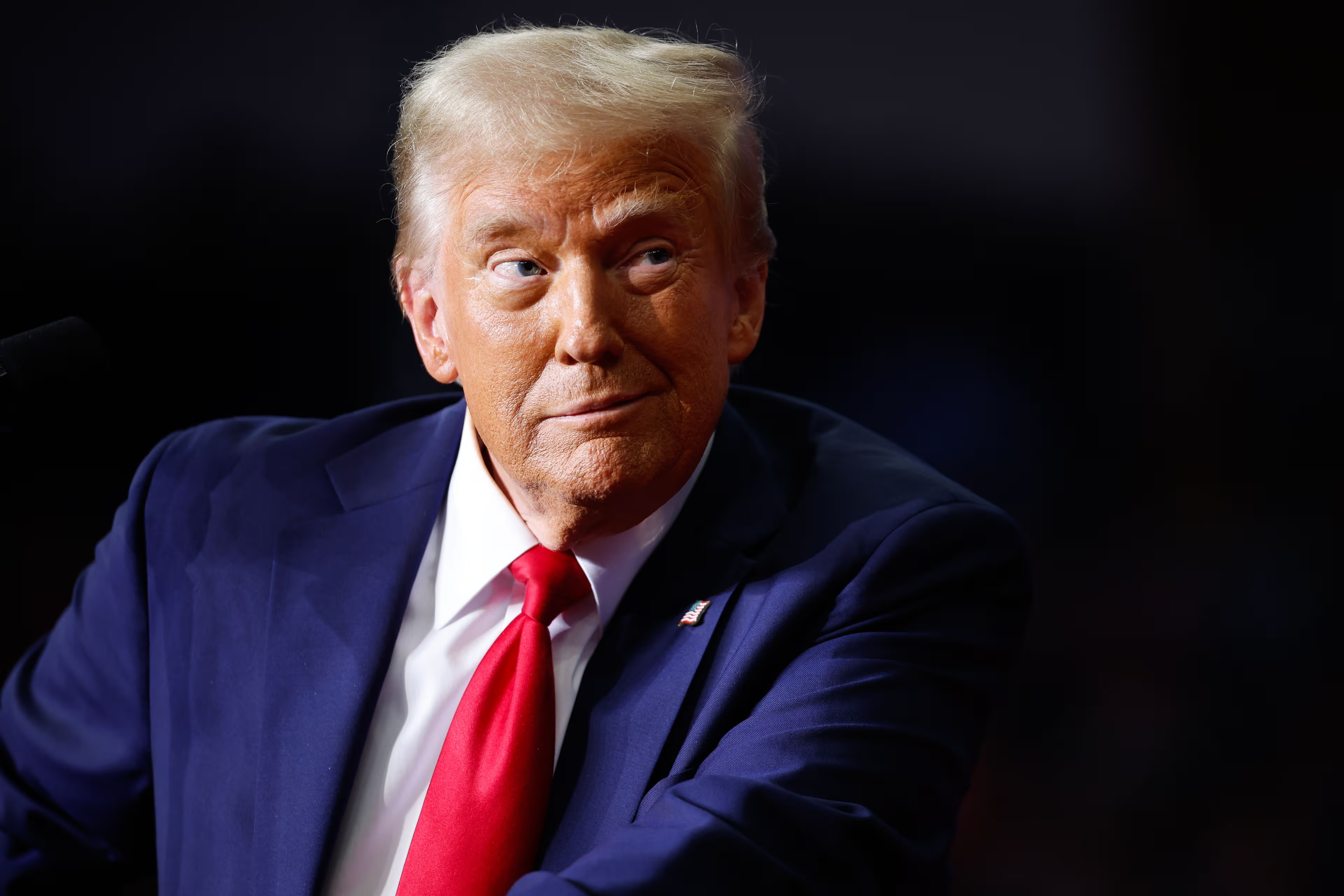Bitcoin (BTC) Price Loses Early Gains as Rates Rise Around the World
Interest rate fears give way to tariff concerns as cryptocurrency loses ground
The Art of the Deal can get tedious. Did someone say stagflation?
Author: Steven Alpher Updated March 6, 2025, 18:08 UTC Published March 6, 2025, 17:38 UTC

What you should know:
- Risk markets fell on Thursday despite the White House reversing its latest tariff threat.
- Stagflation is becoming a hot topic as interest rates rise amid slowing economic growth.
- Tomorrow's US jobs report is likely to receive increased attention.
President Trump's latest threat to lift tariffs failed to have the expected impact on risk markets, at least mid-day in the US on Thursday.
The stock market initially rebounded from a sharp open, and Bitcoin (BTC) climbed to $91,000 when Commerce Secretary Howard Lutnick — speaking on CNBC — said the president would exempt Mexico from a new 25% tariff on any goods or services covered by the previous trade agreement. The more favorable stance toward its neighbor to the south was later confirmed by Trump's social media post.
However, the positive changes in the markets were short-lived, with the Nasdaq hitting its session low just after midday on the Eastern Exchange, down 2.3%. Bitcoin retreated to $88,500, down almost 1% in the last 24 hours.
This just happened: Stagflation
Perhaps lost in the endless stream of news out of Washington is the sharp rise in interest rates in developed countries.
With U.S. military support in Europe likely to be cut, governments across the continent are promising big increases in defense spending that will strain budgets. Germany, for example, suffered one of the biggest bond crashes this week, with 10-year yields jumping more than 40 basis points to 2.83% today.
In Japan, where long-term Japanese government bond (JGB) yields have remained at just a few basis points for decades, the 10-year JGB yield rose another 6 basis points to 1.51% overnight, more than double the level six months ago.
The changes have not gone unnoticed by U.S. markets. The yield on the 10-year Treasury note, which had previously fallen about 70 basis points since Trump's inauguration, has risen more than 20 basis points in the past 48 hours to 4.30%.
“The recent movement in global bond yields has made me wary,” said Quinn Thompson of Lekker Capital, particularly concerned that yields are rising against a backdrop of slowing economic growth.
“We are seeing a clear manifestation of stagflation, which historically has not had a positive impact on risk assets,” he added.
The latest U.S. employment data is due out on Friday.
A significant rise in interest rates once again increases the importance of the February U.S. nonfarm payrolls report due Friday morning.
Economists forecast that new payrolls will increase by 160,000, up from 143,000 in January. The unemployment rate is expected to remain at 4%. A strong report — and jobs reports have typically beaten expectations for months — could further raise rates and lead to a new downturn in risk markets, including cryptocurrencies.



